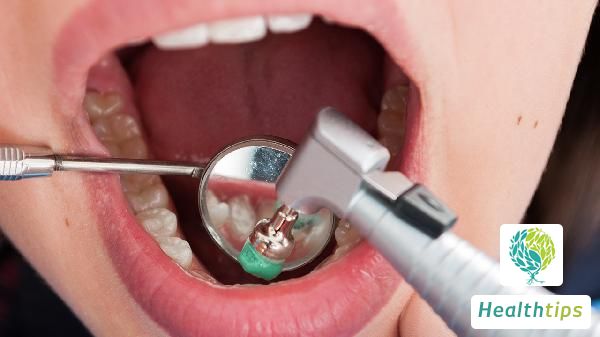What Are the Traditional Chinese Medicine Treatments for Diabetic Foot?
Diabetic foot can be adjuvantly treated through syndrome differentiation and treatment in Traditional Chinese Medicine (TCM). Common methods include oral administration and external application of Chinese herbal medicines, as well as acupuncture and moxibustion therapy, to promote wound healing and improve blood circulation. However, it should be combined with Western medicine treatment under the guidance of a physician to ensure better efficacy. Below are specific TCM treatment methods and their applicable conditions.

1. Oral Administration of Chinese Herbal Medicines
TCM commonly uses herbs that promote blood circulation to remove blood stasis, replenish qi and nourish yin to improve blood circulation and promote tissue repair. For example:
- Salviae Miltiorrhizae Radix et Rhizoma (Danshen): Improves microcirculation and is suitable for diabetic foot with blood stasis syndrome.
- Astragali Radix (Huangqi): Tonifies qi and elevates yang, used for patients with qi deficiency to enhance wound healing ability.
- Corni Fructus (Shanzhuyu): Nourishes yin and tonifies the kidney, suitable for diabetic foot with kidney deficiency.
These herbs should be prescribed by a physician based on syndrome differentiation to avoid blindly relying on TCM treatment.
2. External Application of Chinese Herbal Medicines
External application treatment aids in the healing of diabetic foot ulcers and wounds. Common methods include:
- Jinhuangsan Powder: Clears heat and detoxifies, reduces swelling and alleviates pain, often used for wound infections in diabetic foot with damp-heat syndrome.
- Jingchuang Gao: Helps remove necrotic tissue and promotes tissue regeneration.
- Honghua Oil Dressing: Promotes local blood circulation and reduces pain. Strict aseptic operation is required during dressing changes to avoid secondary infection.
3. Acupuncture and Moxibustion
Acupuncture and moxibustion have a certain effect on improving local blood circulation and alleviating pain. Specific methods include:
- Acupuncture: Commonly used acupuncture points include Zusanli (ST36) and Sanyinjiao (SP6) to invigorate the spleen and replenish qi, improving microcirculation.
- Moxibustion: Warms and tonifies qi and blood, promotes local blood supply, commonly selecting Yongquan (KI1) and Mingmen (GV4).
- Fire Needle Therapy: Reduces inflammation and alleviates pain, used to improve wound inflammation.
Acupuncture treatment should be performed by professional TCM practitioners to avoid misoperations. Although TCM can help improve diabetic foot conditions, it is mostly used as an adjuvant therapy. It is recommended to combine it with Western medicine treatments such as blood glucose control and antibiotic debridement. Diabetics should seek medical attention as soon as possible once foot abnormalities occur to avoid wound deterioration or amputation risks, and regularly follow up in the outpatient clinic for close monitoring of disease progression.



















